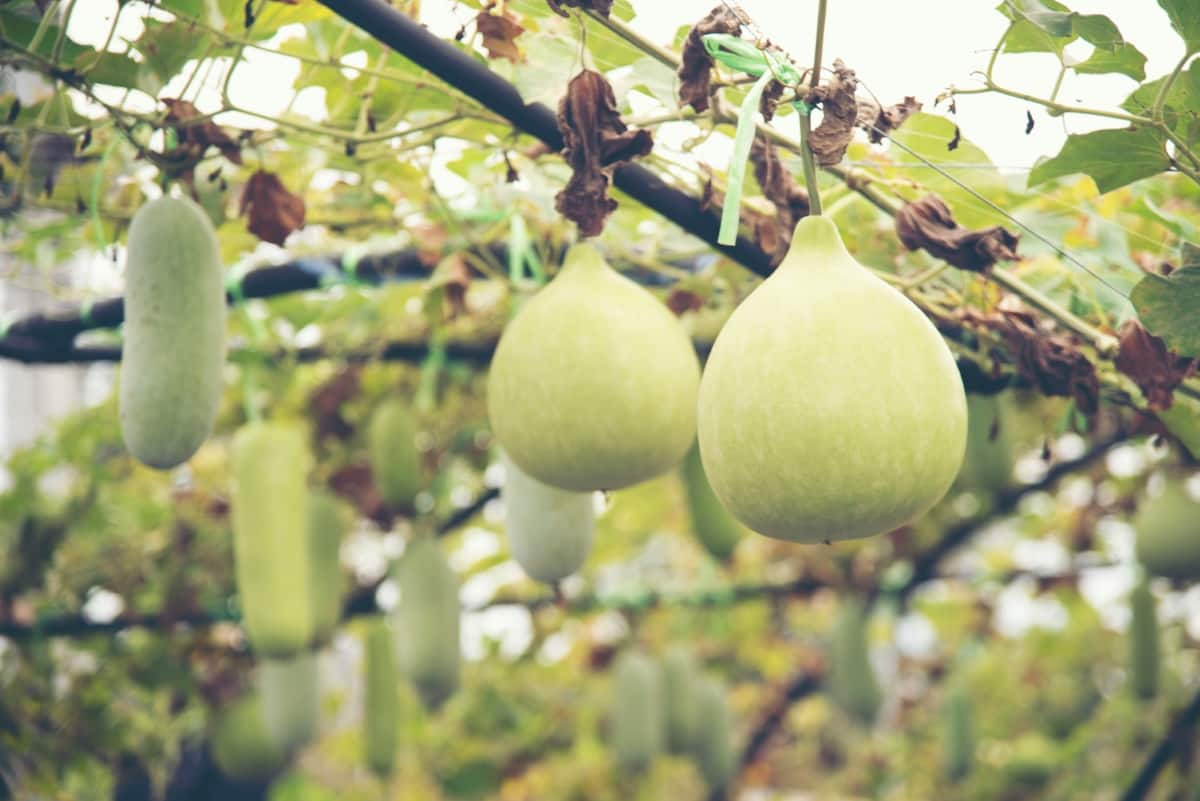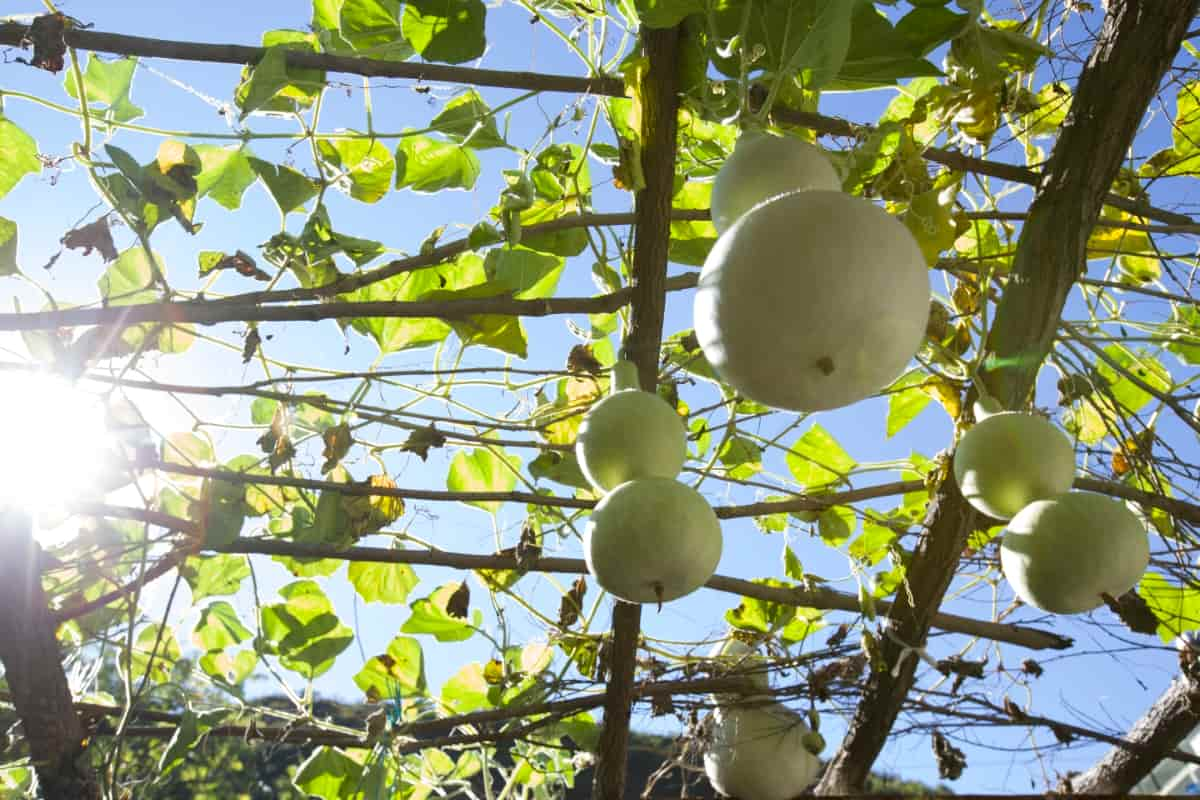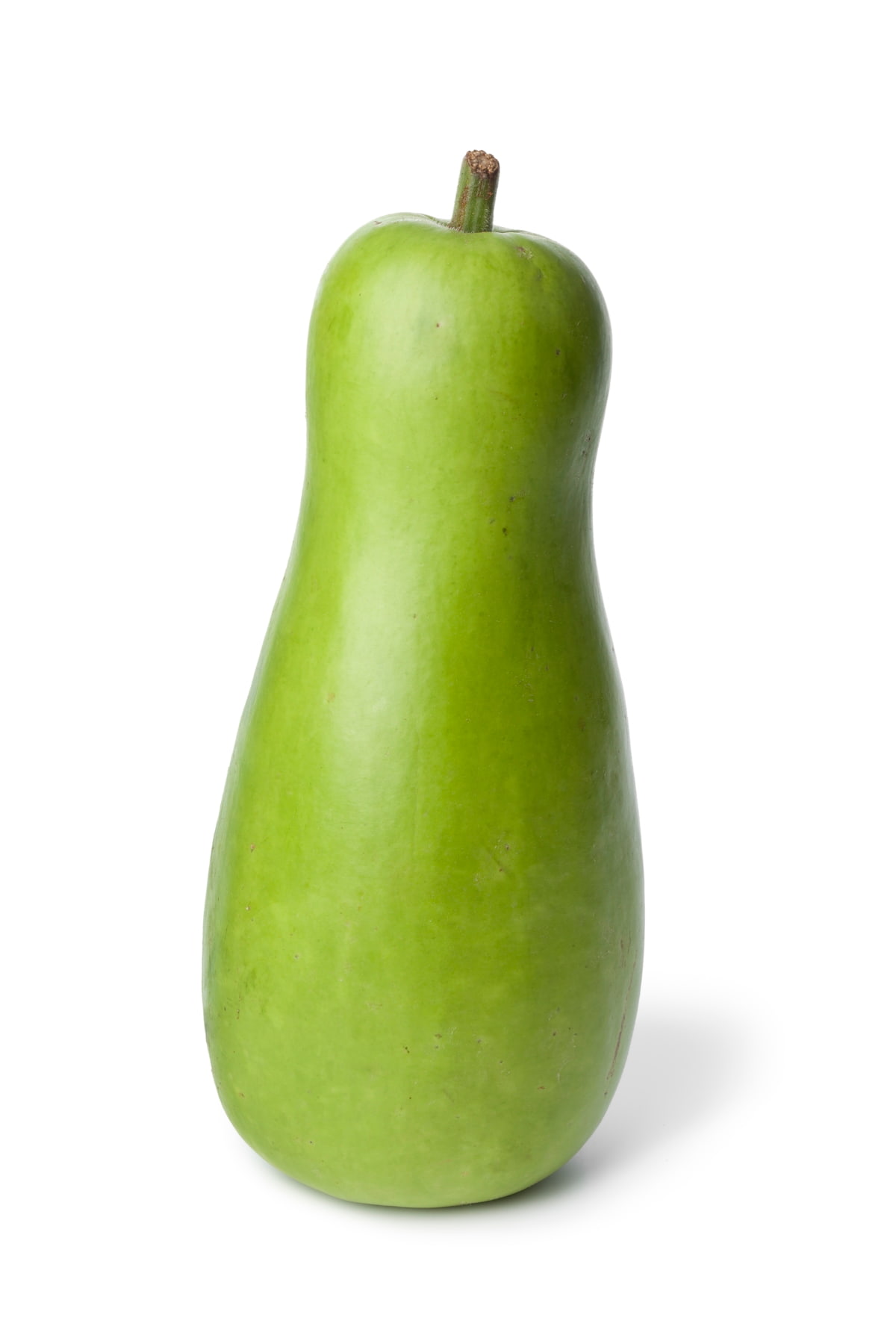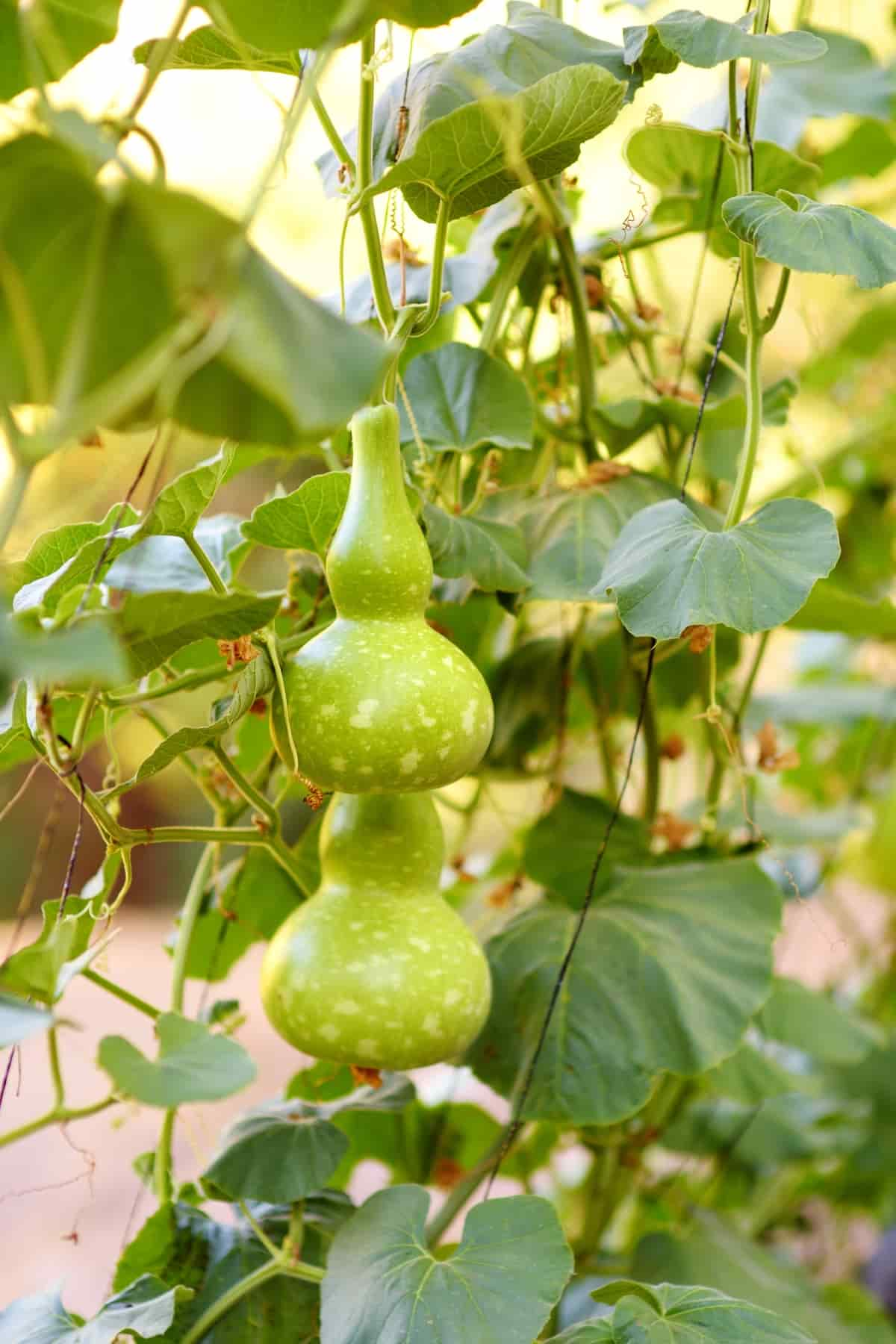Blossom End Rot in Bottle Gourd is a common issue that can significantly impact the yield and quality of your crop. Managing Blossom Fruit Rot is crucial for successful Bottle Gourd farming. By understanding the symptoms, causes, and effective treatment solutions, farmers can prevent and control this problem. In this blog, we’ll explore various aspects of Blossom Fruit Rot in Bottle Gourd and provide 100% effective treatment and control solutions to ensure healthy and productive harvests.

Blossom Fruit Rot in Bottle Gourd
Introduction to Blossom Fruit Rot in Bottle Gourd
Blossom Fruit Rot, also known as Blossom End Rot, is a prevalent disease affecting bottle gourd plants. It primarily targets the fruit, causing decay at the blossom end. This condition can severely impact yield and quality, leading to significant economic losses for farmers.
Overview of the Disease
Blossom Fruit Rot is a fungal disease characterized by the browning and decay of fruit tissues, starting from the blossom end. It is caused by various fungal pathogens that thrive in specific environmental conditions. The disease can spread rapidly under favorable circumstances, posing a significant threat to bottle gourd cultivation.
Significance and Impact on Yield
The presence of Blossom Fruit Rot can significantly reduce the yield and market value of bottle-gourd crops. Infected fruits become unsuitable for consumption, leading to financial losses for farmers. Additionally, the disease can weaken the plants, making them more susceptible to other pathogens and environmental stressors.
Symptoms of Blossom Fruit Rot
Early symptoms of Blossom Fruit Rot include small, water-soaked lesions formed at the blossom end of the fruit. As the disease progresses, these lesions enlarge and turn dark brown or black, eventually leading to fruit decay. Affected areas may become sunken and leathery in texture.
Early Detection Signs
Farmers should regularly inspect their bottle gourd plants for early signs of Blossom Fruit Rot, such as small lesions or discoloration at the blossom end of the fruit. Prompt detection allows for timely intervention measures to prevent further spread of the disease.
Progression of Disease Symptoms
As Blossom Fruit Rot advances, the affected fruit’s condition deteriorates rapidly. The decay spreads from the blossom end towards the stem, eventually encompassing the entire fruit. Infected areas may develop a foul odor, indicating a secondary bacterial infection.
Causal Agents of Blossom Fruit Rot
Blossom Fruit Rot in bottle gourd is primarily caused by fungal pathogens belonging to genera such as Colletotrichum, Fusarium, and Phytophthora. These pathogens survive in warm, humid conditions and can persist in soil and plant debris, posing a recurring threat to future crops.
Fungal Pathogens Involved
Fungi such as Colletotrichum orbiculare, Fusarium oxysporum, and Phytophthora capsici are commonly associated with Blossom Fruit Rot in bottle gourd. These pathogens infect the fruit through wounds or natural openings, initiating the decay process.
Conditions Favoring Pathogen Development
Several factors contribute to the development of Blossom Fruit Rot, including warm temperatures, high humidity, poor soil drainage, and calcium deficiency. Adequate moisture management, proper fertilization, and soil pH adjustment can help mitigate these conditions and reduce the risk of disease occurrence.
Disease Cycle and Epidemiology
Blossom fruit rot in bottle gourd is primarily caused by fungal pathogens such as Didymella bryoniae. The disease cycle typically starts with infected plant debris or seeds, which serve as sources of inoculum. Spores are dispersed through wind, rain, or irrigation water, infecting blossoms and subsequently developing fruits. Warm and humid conditions favor disease development, making it prevalent in tropical and subtropical regions.
Lifecycle of the Causal Pathogen
Didymella bryoniae overwinters in infected crop debris or seeds. In spring, under favorable environmental conditions (warm temperatures and high humidity), the pathogen produces spores called conidia. These conidia are disseminated by wind or water and infect bottle gourd blossoms through wounds or natural openings. Once inside the plant tissue, the fungus grows, causing the characteristic symptoms of blossom fruit rot.
Factors Contributing to Disease Spread
Several factors contribute to the spread of blossom fruit rot in bottle gourd. These include high humidity levels, warm temperatures, dense plantings, and poor air circulation. Additionally, overhead irrigation or rain splashing can facilitate the dispersal of fungal spores onto blossoms and fruits. Lack of crop rotation and poor sanitation practices also contribute to the buildup of inoculum in the field.
In case you missed it: How to Prevent Blossom End Rot: Causes, Identification, Symptoms, and Treatment

Cultural Management Practices
- Implement cultural management practices such as optimum spacing between plants and row-to-row spacing to promote air circulation and reduce humidity levels.
- Remove and destroy infected plant waste to reduce inoculum buildup.
- Avoid overhead irrigation to prevent water from splashing onto blossoms and fruits.
Crop Rotation and Field Sanitation
Crop rotation is essential for managing blossom fruit rot in bottle gourd. Rotate bottle gourd with non-host crops such as cereals or legumes to hinder the disease cycle and reduce pathogen pressure in the soil. Additionally, practice field sanitation by removing and destroying crop debris after harvest. This helps eliminate overwintering sites for fungal pathogens and minimize the risk of disease recurrence in subsequent seasons.
Optimal Planting Techniques and Spacing
When planting bottle gourd, ensure proper spacing between plants to promote air circulation and reduce humidity levels, thus minimizing the risk of blossom fruit rot. Aim for a spacing of 36 to 48 inches between rows and 12 to 24 inches between plants within the row. This spacing allows for adequate ventilation and sunlight penetration, which are crucial for healthy plant growth and disease prevention.
Biological Control Options
Biological control offers sustainable and environmentally friendly alternatives for managing blossom fruit rot in bottle gourds. One option is the use of beneficial microorganisms such as Trichoderma species, which can oppress fungal pathogens and suppress disease development. Another approach is the application of biocontrol agents like Bacillus subtilis, which produce antimicrobial compounds to inhibit fungal growth and protect plants from infection.
Use of Beneficial Microorganisms
Beneficial microorganisms such as Trichoderma spp. can be applied as biofungicides to control blossom fruit rot in bottle gourd. These microorganisms colonize the rhizosphere and plant tissues, competing with pathogens for nutrients and space. They also stimulate plant defenses and produce antimicrobial compounds that inhibit fungal growth. Application methods include seed treatment, soil drenching, or foliar spraying during the growing season.
Biocontrol Agents and Their Application
Biocontrol agents like Bacillus subtilis offer effective protection against blossom fruit rot in bottle gourd. These beneficial bacteria produce antifungal metabolites that suppress the growth of pathogens such as Didymella bryoniae. Application methods include seed treatment, soil application, or foliar spraying during periods of disease susceptibility. Biocontrol agents provide sustainable and eco-friendly solutions for managing fungal diseases in agriculture.
Chemical Control Measures
Chemical control measures can be employed to manage blossom fruit rot in bottle gourd when cultural and biological methods are insufficient. Fungicides approved for use against Didymella bryoniae can effectively suppress disease development. These fungicides typically contain active ingredients such as azoxystrobin, chlorothalonil, or thiophanate-methyl. Application timing and frequency should be based on disease severity and weather conditions to achieve optimal control.
Fungicides Approved for Use
Several fungicides are approved for controlling blossom fruit rot in bottle gourd caused by Didymella bryoniae. Examples include azoxystrobin, chlorothalonil, and thiophanate-methyl. These fungicides inhibit fungal growth and prevent the spread of the disease when applied according to label instructions. It’s essential to rotate fungicides with different modes of action to decrease the risk of resistance development in the pathogen population.
Timing and Method of Application
Fungicide application timing and method are crucial for effective control of blossom fruit rot in bottle gourd. Apply fungicides preventively before disease onset or during early infection stages for optimal efficacy. Foliar spraying is the most common technique of application, ensuring thorough coverage of blossoms and fruits. Timing applications based on weather forecasts, disease forecasting models, or regular field scouting to detect early signs of infection.
Organic Treatment for Blossom Fruit Rot in Bottle Gourd
Blossom fruit rot is a common issue in bottle gourd cultivation, caused by fungal pathogens. Organic treatments offer effective solutions without harmful chemicals. One approach involves using neem oil, a natural fungicide, applied directly to affected plants. Another method is compost tea, which boosts soil health and plant immunity. Additionally, cultural practices like proper spacing and watering can prevent rot development.
In case you missed it: How to Deal with Blossom End Rot in Peppers and Tomatoes: Prevention and Control

Integrated Disease Management (IDM)
Integrated Disease Management (IDM) is a holistic approach to disease control in agriculture, including gourd crops. It combines various strategies to minimize disease impact sustainably. For instance, IDM incorporates cultural practices such as crop rotation to disrupt disease cycles and reduce pathogen buildup. Biological methods involve introducing beneficial organisms like predatory insects to control pests naturally, while judicious use of chemical treatments complements these efforts.
Combining Cultural, Biological, and Chemical Strategies
Effective management of gourd diseases requires a multifaceted approach that integrates cultural, biological, and chemical strategies. Crop rotation is a cultural practice that hinders disease recurrence by disrupting pathogen cycles. Biological control involves introducing natural predators or pathogens to target specific pests, reducing reliance on chemical pesticides. Chemical treatments, when necessary, should be used judiciously to minimize environmental impact and preserve beneficial organisms.
Implementation of IDM Programs
Implementing Integrated Disease Management (IDM) programs is crucial for sustainable gourd cultivation. Farmers can adopt techniques like crop rotation, where gourds are planted in different locations each season to break disease cycles. Nutrient management ensures optimal plant health, reducing susceptibility to diseases like blossom fruit rot. Regular monitoring for pest and disease presence allows for timely interventions, whether cultural, biological, or chemical, to maintain crop health and yield.
In case you missed it: Bitter Gourd Disease Management: Control and Treatment Strategies

Conclusion
Effectively managing Blossom Fruit Rot in Bottle Gourd is essential for sustainable and profitable farming. By implementing proper soil management techniques, ensuring adequate watering practices, and incorporating organic remedies, farmers can prevent and control this fungal disease. Additionally, integrated pest management and nutrient management strategies play key roles in maintaining bottle-gourd health. With the right knowledge and practices in place, farmers can successfully treat and prevent Blossom End Rot, ensuring a bountiful harvest of high-quality bottle gourds.
- Deworming Schedule for Dogs/Puppies: A Beginners Guide
- How to Prevent and Control Parasites in Goats
- Beneficial Insects in Pest Management
- Natural Solutions for Pest Control in Flower Gardens
- Types of Fungicides Used in Agriculture
- Common Issues in the Fruit Development Stage of Pomegranate Farming
- Fruit Development Issues in Papaya: Easy Solutions and Treatment
- Soil-Borne Diseases and How to Protect Your Plants
- Practices to Prevent Disease Spread in the Garden